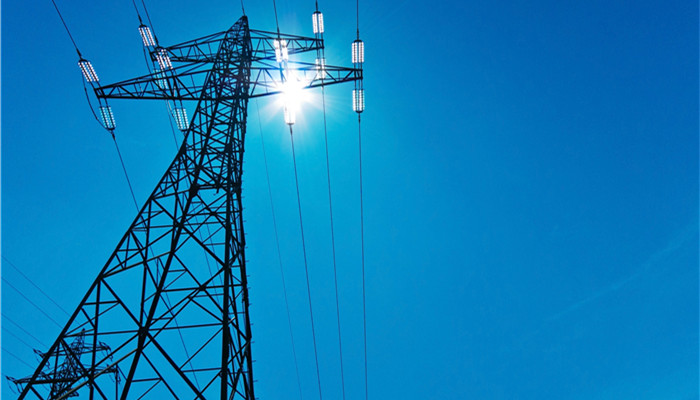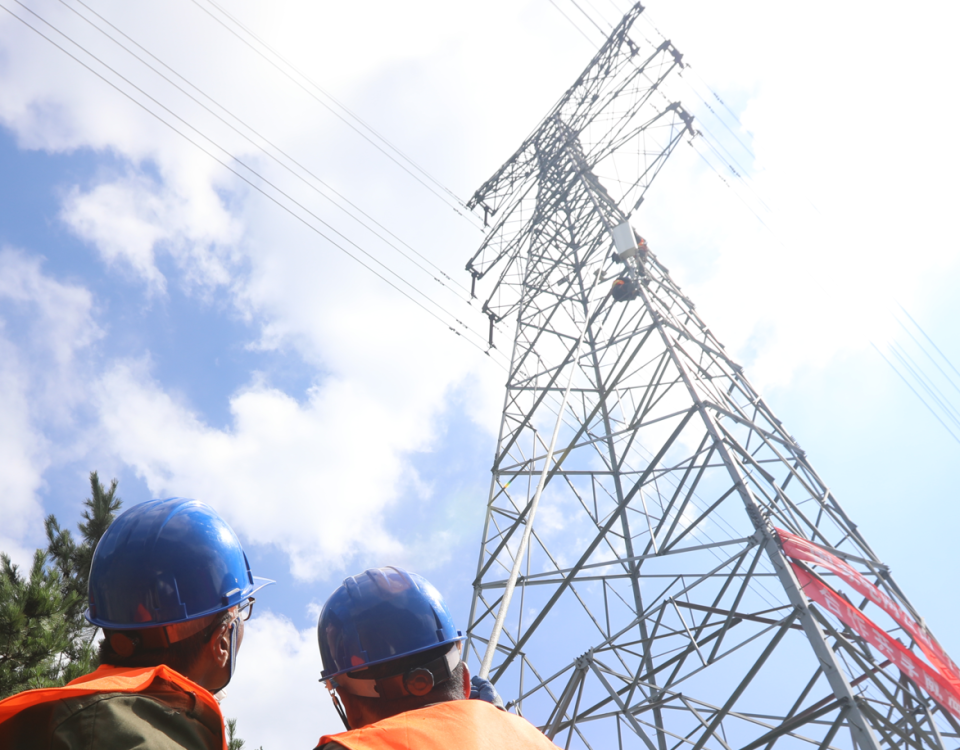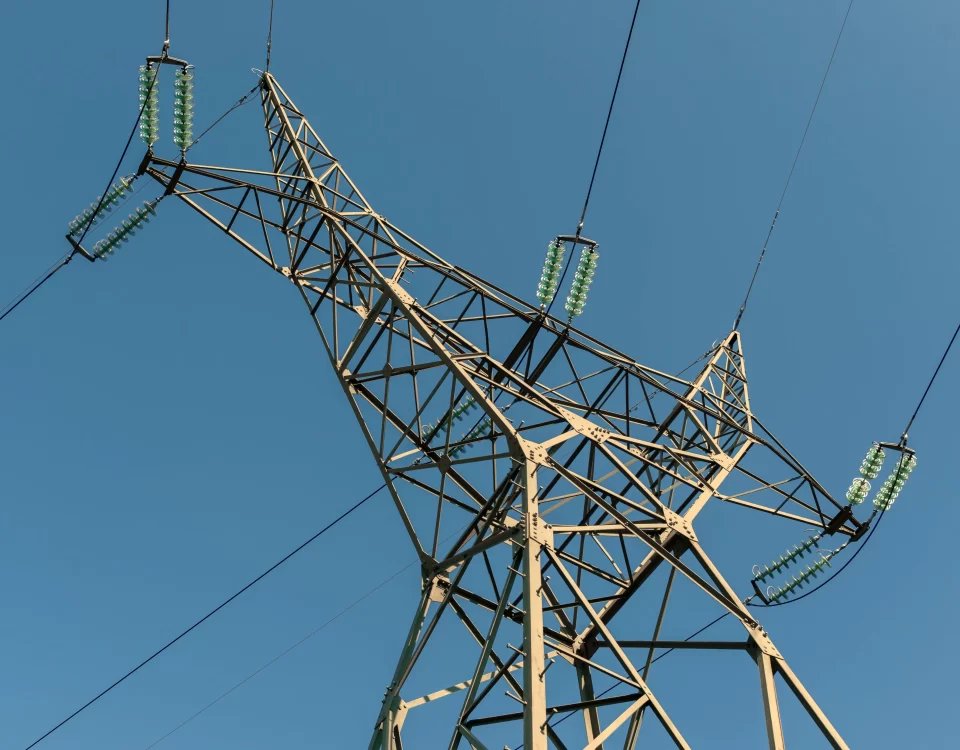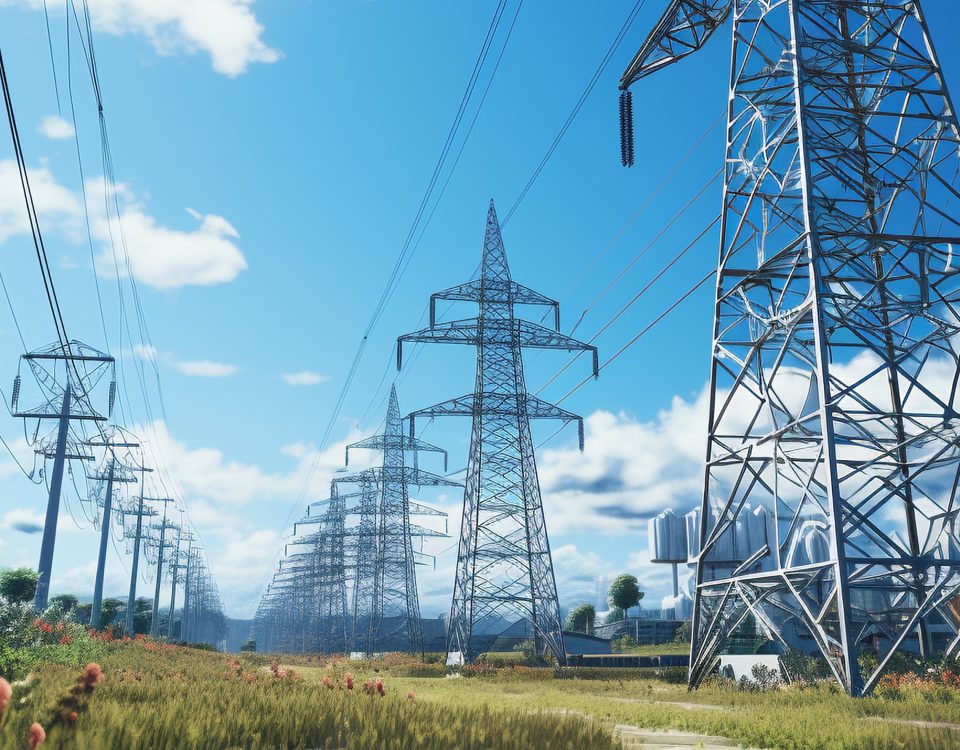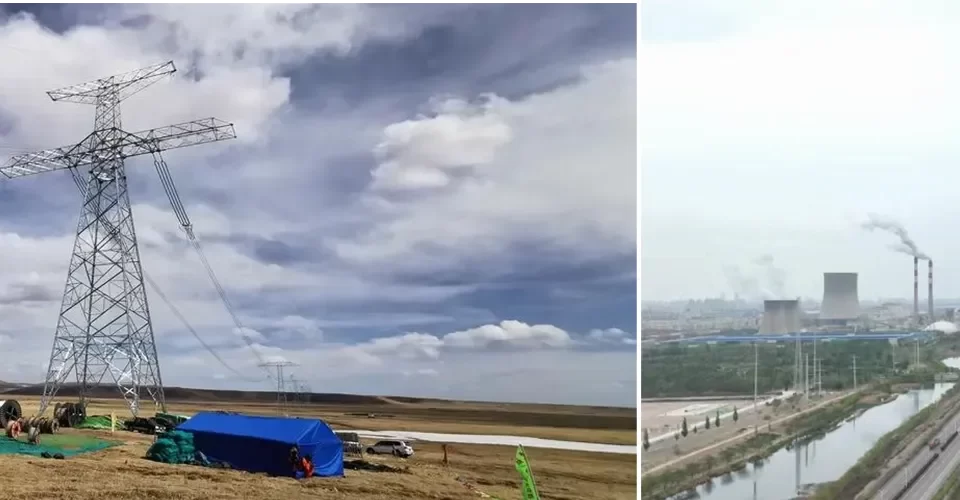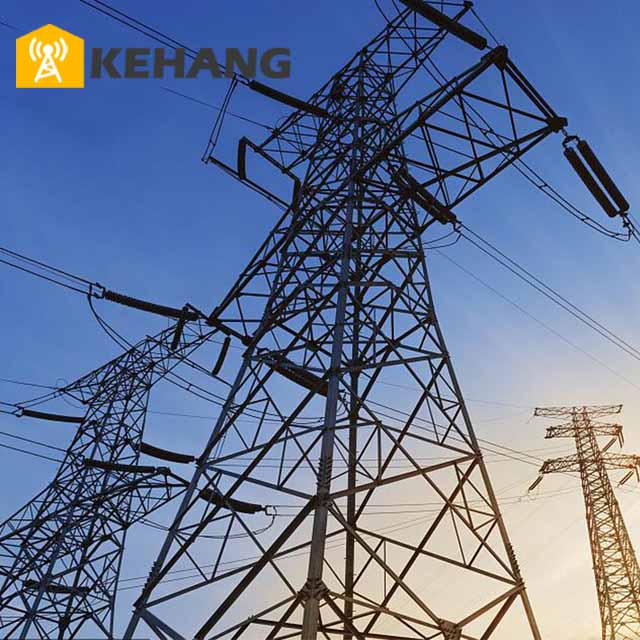
How do engineers determine the optimal height, design, and material for transmission towers?
July 23, 2023
Communication tower foundation selection and design
February 9, 2024Communication Steel Tower Design and Production Process
A communication tower is a type of signal transmission tower, also known as a signal transmission tower or communication iron tower. In the construction of modern communication and radio and television signal transmission towers, regardless of whether users choose ground level or rooftop iron towers, they all play a role in raising communication antennas, increasing the service radius of communication or television transmission signals, and achieving ideal specialized communication effects. In addition, the rooftop also plays a dual role in lightning protection grounding, route warning, and decoration of office buildings.
Communication steel towers play a crucial role in the telecommunications industry, providing the necessary infrastructure for the transmission of signals and data. These towers are designed to withstand various environmental conditions while ensuring the stability and reliability of communication networks. In this article, we will explore the design and production process of communication steel towers, highlighting the key considerations and steps involved.
Tower Design Considerations
The design of communication steel towers requires careful consideration of various factors to ensure optimal performance and safety. Some of the key design considerations include:
- Height and Load Capacity: The height of the tower is determined based on the required coverage area and the equipment to be installed. The load capacity of the tower is calculated to support the weight of antennas, transmission lines, and other equipment.
- Wind and Seismic Loads: Communication towers are exposed to wind and seismic loads, which can exert significant forces on the structure. The tower design must account for these loads to ensure stability and prevent structural failure.
- Structural Analysis: Structural analysis is performed to assess the strength and stability of the tower under various loads. This analysis includes calculations for bending moments, shear forces, and deflections to ensure the tower can withstand the expected loads.
- Material Selection: Steel is the most commonly used material for communication towers due to its strength, durability, and cost-effectiveness. The selection of the appropriate steel grade is based on factors such as strength requirements, corrosion resistance, and environmental conditions.
- Foundation Design: The foundation design is crucial for the stability of the tower. It involves determining the type and size of the foundation based on soil conditions, tower height, and load requirements.
Tower Production Process
The production process of communication steel towers involves several steps, ensuring the fabrication and assembly of high-quality and reliable structures. The key steps in the production process are as follows:
- Design and Engineering: The design and engineering phase involves creating detailed drawings and specifications based on the project requirements. This includes tower geometry, material specifications, and connection details.
- Material Procurement: Once the design is finalized, the required materials are procured. This includes steel sections, bolts, nuts, and other components necessary for tower fabrication.
- Fabrication: The fabrication process involves cutting, bending, and welding the steel sections to form the tower components. Computer Numerical Control (CNC) machines are often used for precise cutting and drilling of the steel sections.
- Galvanization: After fabrication, the tower components are hot-dip galvanized to provide corrosion protection. Galvanization involves immersing the steel components in a bath of molten zinc, forming a protective coating.
- Quality Control: Throughout the production process, quality control measures are implemented to ensure the tower meets the required standards and specifications. This includes dimensional checks, weld inspections, and material testing.
- Assembly and Erection: Once the tower components are fabricated and galvanized, they are transported to the installation site for assembly and erection. This involves lifting and positioning the tower sections using cranes and bolting them together.
- Finishing and Testing: After the tower is erected, finishing touches such as painting and installation of safety features are carried out. The tower is then subjected to load testing and structural integrity checks to ensure it meets the required standards.
Conclusion
The design and production process of communication steel towers involves careful consideration of various factors, from design considerations to the fabrication and assembly of the tower components. By following a systematic approach, communication steel towers can be designed and produced to meet the specific requirements of the telecommunications industry, providing reliable and efficient infrastructure for communication networks.
FAQ
Q1: What are the main design considerations for communication steel towers?
A1: The main design considerations include height and load capacity, wind and seismic loads, structural analysis, material selection, and foundation design.
Q2: What materials are commonly used for communication steel towers?
A2: Steel is the most commonly used material for communication towers due to its strength, durability, and cost-effectiveness.
Q3: What is the galvanization process for communication steel towers?
A3: Galvanization involves immersing the tower components in a bath of molten zinc, forming a protective coating to provide corrosion protection.
Q4: What quality control measures are implemented during tower production?
A4: Quality control measures include dimensional checks, weld inspections, and material testing to ensure the tower meets the required standards.
Q5: How are communication steel towers assembled and erected?
A5: The tower components are assembled and erected at the installation site using cranes and are bolted together to form the complete tower structure.



